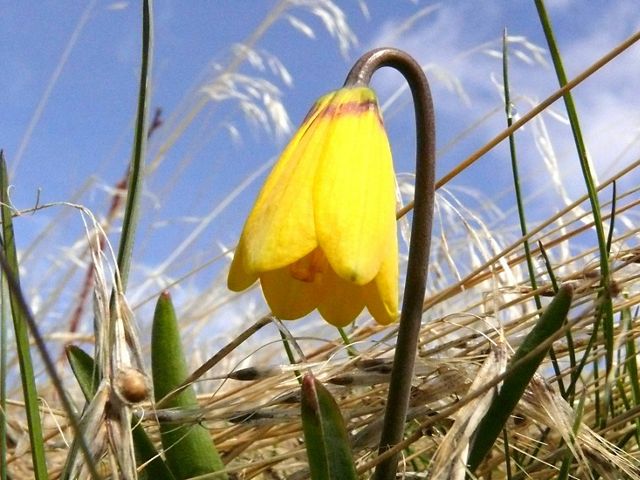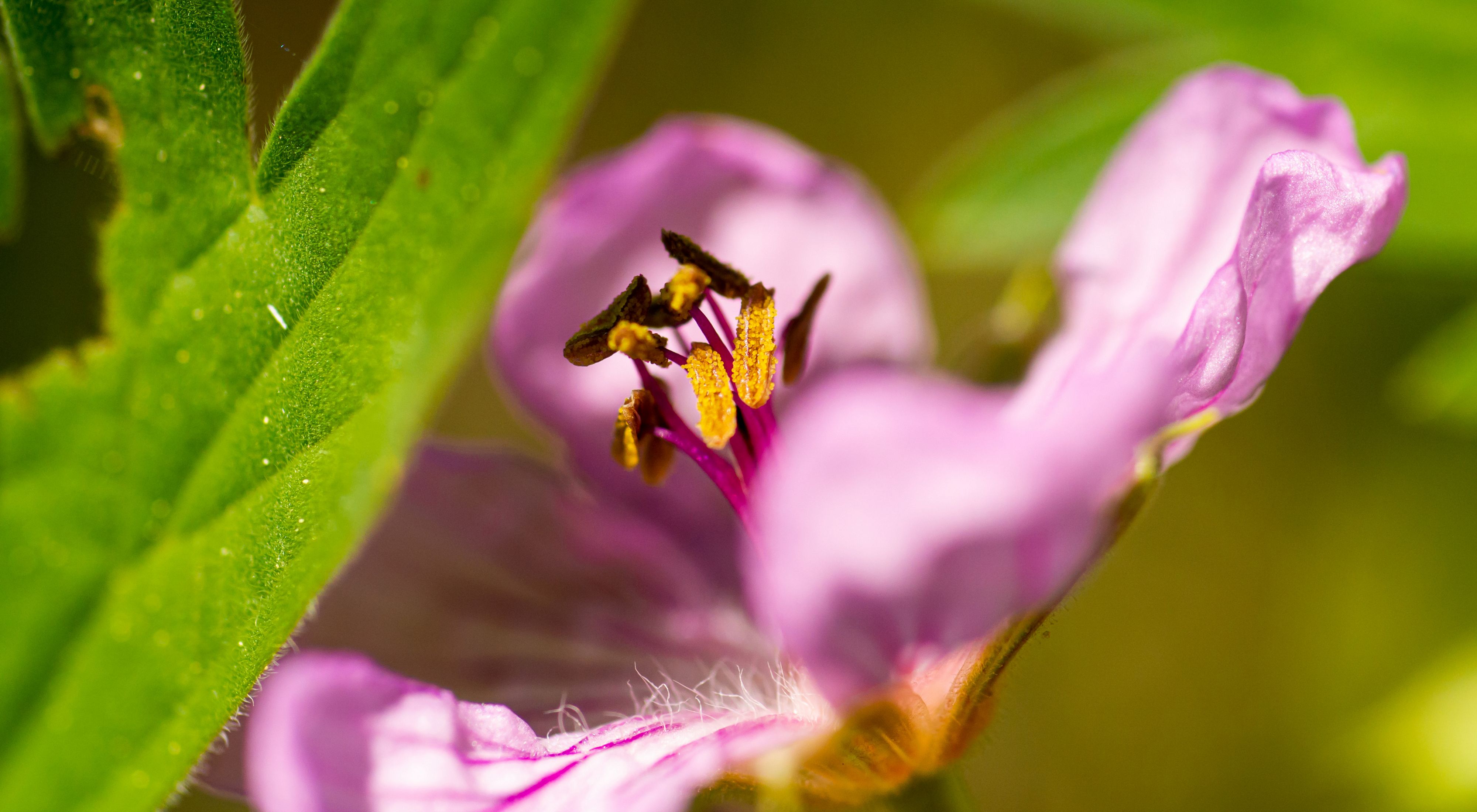Wildflower Watch
TNC scientists are enlisting the community’s help in studying the impacts of climate change on local plants.
Overview
The timing of when plants flower and fruit is critical to the survival of many animals, from bees and hummingbirds to grizzly bears. With the onset of climate change, we’ve seen that timing begin to shift and that could have a ripple effect throughout the food chain.
A study by scientists at The Nature Conservancy in Wyoming has found that many of the wildflowers and other plants in the Greater Yellowstone are blooming and bearing fruit nearly three weeks earlier than they did in the 1970s due to the changing climate. And those changes could be critical to the wildlife that depend on them for survival.
Throughout the region the questions are serious. Will berry bushes produce fruit at the right time for bears to load up on critical calories before hibernation? Will sage-grouse have enough food during their spring mating and nesting season when they need it most?

In the Footsteps of a Visionary
In the 70s and 80s, scientist Frank Craighead carefully documented when plants in parts of the Greater Yellowstone Ecosystem leafed out, bloomed and bore fruit. A few years ago, TNC Scientist Dr. Corinna Riginos recovered his handwritten notes in the basement of Craighead’s old cabin.
In their study, TNC scientists Dr. Corinna Riginos and Trevor Bloom are using these notes to retrace his footsteps, repeating these observations on the same species, in the very same places that Craighead walked. What they found can help land managers assist plants and animals adapt to climate change.
You Can Help!
You can be part of the solution by joining our Wildflower Watch citizen science program each spring and summer. After a short training, you’ll help us collect data along several popular hiking trails near Jackson. This is a great way to, personally, help our local plants and wildlife adapt to the impacts of climate change.
For more details about this season's workdays, keep an eye out for upcoming Wyoming events.
